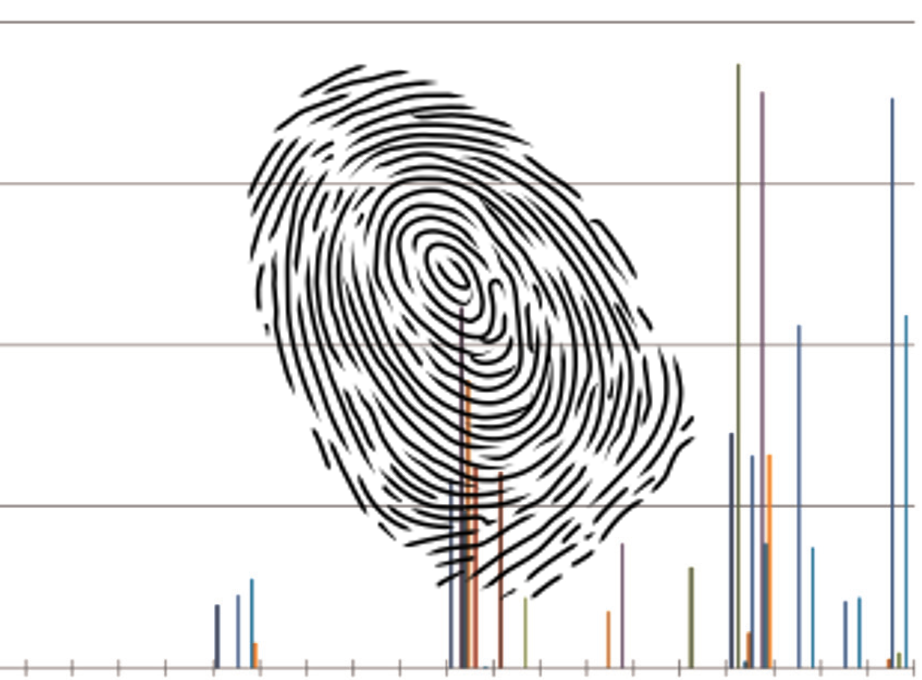Emission & Exposure Pathways

Information on where environmental contaminants originate from and which environments or communities are most exposed are crucial for preventing pollution, mitigating impacts, and holding polluters accountable. We work with regulatory partners, forensic scientists, and analytical experts across Europe and North America to develop analytical techniques on how to track sources of plastic pollution (including microplastics and plastic additives) and identify their exposure pathways.

 Projects
Projects
Using a combination of state-of-the-art analytical instrumentation, advanced forensic fingerprinting analysis, and the latest computational pattern recognition we are developing an effective method to identify microplastic sources.
This is achieved by applying computational statistical fingerprinting methods to interpret a comprehensive suite of analytical data including; microplastic bulk composition, additives, trace metals and their isotopes, stable carbon isotope ratios in the polymers, and isoscapes of the organic matter adsorbed onto microplastics. Using machine learning to identify the patterns that make plastic fingerprints unique will enable us to identify what combination of analytical information is needed for discerning microplastics from:
- Specific polymer producers
- Different plastic product categories (e.g. electronic equipment, food packaging, clothing, or toys),
- Different pathways into the environment (e.g. through sewage treatment, atmospheric transport or direct entry from litter).
Product-specific information on microplastics and additive emissions can inform consumer choices and lead to a reduction in emissions and consumer exposure. Moreover, localized information on microplastics and additive patterns can help inform the design of wastewater treatment techniques to remove these contaminants more efficiently, thus reducing costs for environmental remediation.

Canada Research Coordinating Committee’s New Frontiers in Research Fund, Chemistry Matters, Mitacs
- Eric Fries
- Ericka De Oliveira
- Melissa Solomon
- Huy Nguyen
- Manchester Metropolitan University
- Chemistry Matters
- Helmholtz-Zentrum Hereon
- California State Water Resources Control Board
- Southern California Coastal Water Research Project
- Environment and Climate Change Canada

Plastic can be harmful to Arctic seabirds if they ingest plastic pieces that can e.g. obstruct their digestive system or stomachs. Smaller plastic pieces – so called microplastics- have also been found to have harmful effects. However, what exactly causes these toxic effects is not fully understood. One hypothesis is that harmful chemical additives in the plastics can leach out into the bird’s stomach and cause toxic effects. While there is a suite of plastic additives in every piece of plastic, some are of particular concern in Arctic ecosystems. This includes organophosphate ester flame retardants and plasticizers (OPEs), which have been detected in high concentrations in the Arctic Ocean and Arctic biota. Moreover, in our earlier research we found that some OPEs negatively impact the health, hormones and behaviour of birds. However, research on OPE concentrations in Arctic seabirds and how these relate to ingested plastic loads is still lacking. In this project we will investigate the role of OPEs as co-contaminants of plastic pollution in four Arctic seabirds collected by community-based hunters in 2021 in the Baffin Bay – Davis Strait region. Sampling of seabirds for ingested plastic pollution will be carried out as part of NCP M-74. Our project will work closely with M-74 to examine the relationship between plastic pollution in the bird’s intestines, OPE concentrations in different tissues, as well as changes in hormones of the birds. The results will help us determine if plastics are a source of OPEs for the birds and if OPEs alter the thyroid hormones which are important for the survival and health of the birds.
Northern Contaminants Program
- Rahi Chowdhury
- Environment and Climate Change Canada
- Nunatsiavut Government
- University of Toronto
- McGill University
- Acadia University
- Université du Québec à Rimouski


